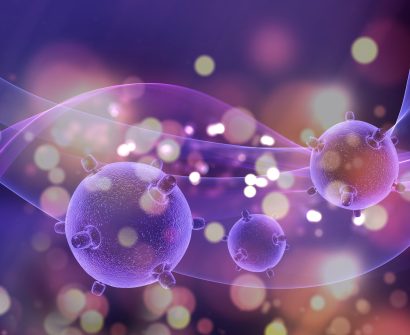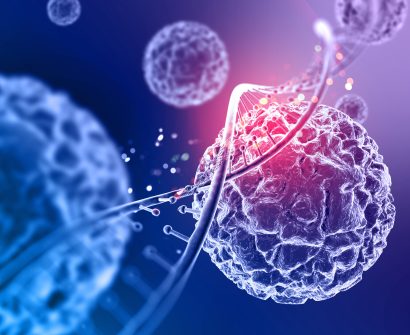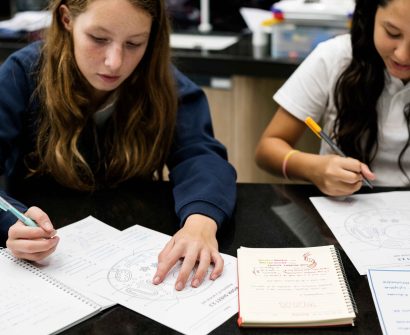Currently Empty: £0.00
Eukaryotic vs Prokaryotic Cells Explained: The Ultimate GCSE Guide!
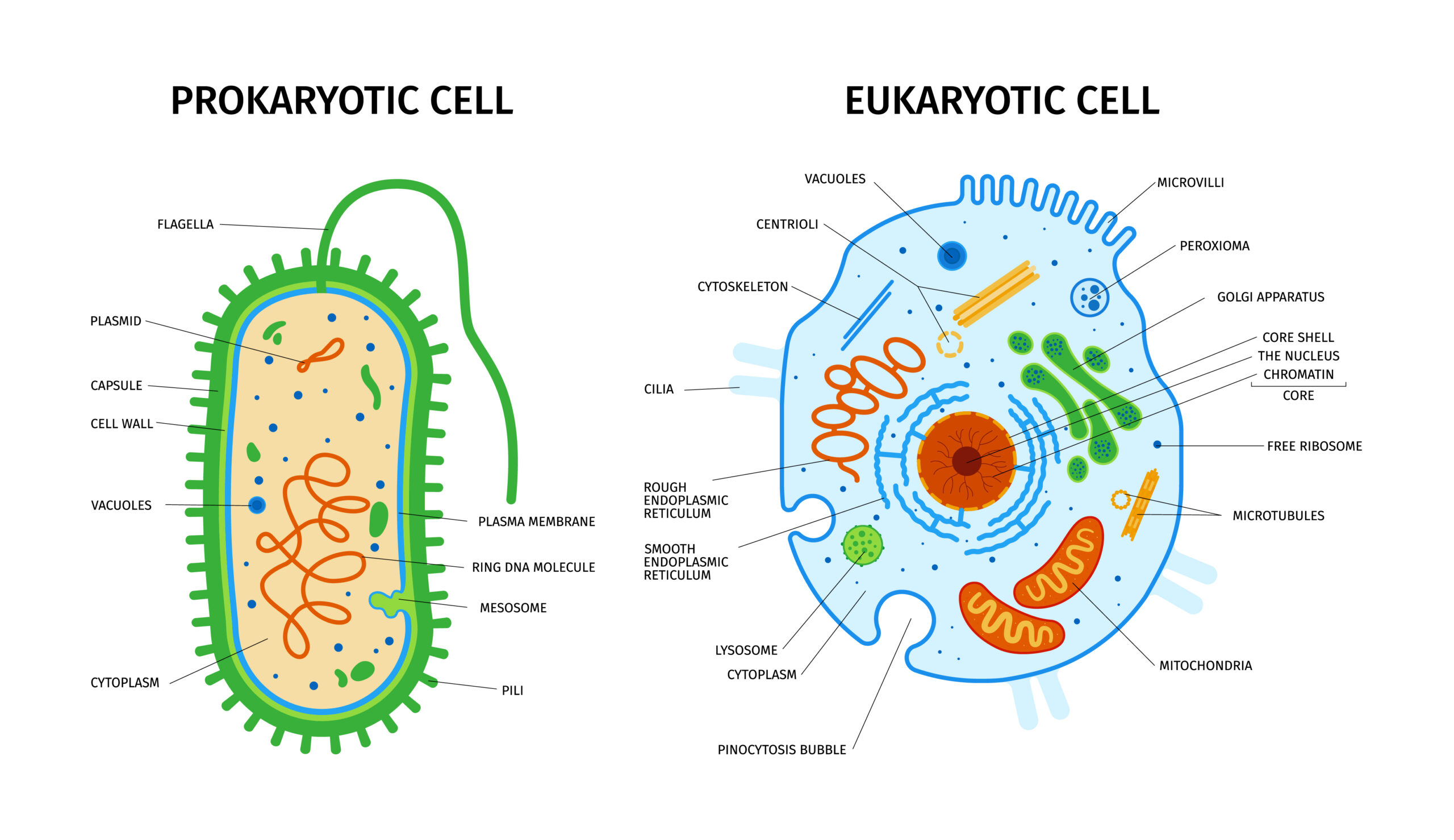
Ever looked at a cell diagram and thought, “How am I supposed to remember all this?”
You’re not alone – but the good news is, it’s way easier than it looks… if you learn it the AMAL way.
Whether you’re aiming for a Grade 5 or pushing for a Grade 9, understanding animal, plant, and bacterial cells is absolutely essential. This article breaks everything down with exam tips, comparison points, and easy-to-remember keywords that could help you score big in your GCSE Biology paper.
Key Definitions
What is a Eukaryotic Cell?
A eukaryotic cell is a type of cell that contains a membrane-bound nucleus where the genetic material (DNA) is stored. These cells also have other membrane-bound organelles like mitochondria and chloroplasts.
Eukaryotic cells are found in plants, animals, fungi, and protists.
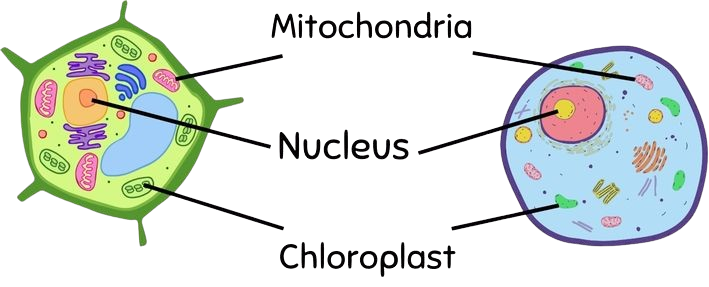
What is a Prokaryotic Cell?
A prokaryotic cell is a much smaller and simpler cell that does not have a nucleus. Instead, the DNA floats freely in the cytoplasm. Prokaryotic cells also lack membrane-bound organelles.
They are typically bacterial cells and sometimes contain extra features like plasmids, slime capsules, and flagella.
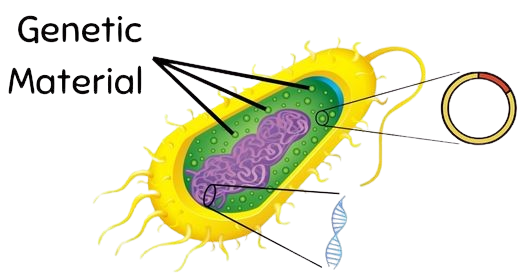
Key Learning Outcome (1.1)
Explain how the sub-cellular structures of eukaryotic and prokaryotic cells are related to their functions, including:
- Animal cells
- Plant cells
- Bacterial cells
What’s the Difference Between Eukaryotic and Prokaryotic Cells?
| Eukaryotic Cells | Prokaryotic Cells |
| Have a nucleus | No nucleus; DNA floats in cytoplasm |
| Membrane-bound organelles | No membrane-bound organelles |
| Found in plants and animals | Found in bacteria |
| Larger in size | Much smaller |
Animal Cells (Eukaryotic)
- Nucleus: Controls the cell, stores DNA
- Cell membrane: Controls what enters and leaves the cell
- Cytoplasm: Site of chemical reactions
- Mitochondria: Site of respiration (energy production)
- Ribosomes: Where protein synthesis occurs
Plant Cells (Also Eukaryotic)
Includes everything in animal cells PLUS:
- Cell wall: Strengthens and protects the cell
- Chloroplasts: Site of photosynthesis
- Vacuole: Contains cell sap – a weak solution of salts and sugars
Bacterial Cells (Prokaryotic)
- Chromosomal DNA loop: Main genetic material
- Plasmid: Small loop of extra DNA
- Cytoplasm: Where chemical reactions take place
- Cell membrane: Controls entry/exit of substances
- Cell wall: Protects the cell
- Slime capsule: Extra protection layer
- Flagella: Helps the bacteria move (if present)
- Ribosomes: Protein synthesis (smaller than in eukaryotes)
Comparison Questions? No Stress.
Compare Plant and Animal Cells:
- Similarity: Both have nucleus, cytoplasm, mitochondria, ribosomes
- Difference: Plant cells have cell wall, chloroplasts, vacuole; animal cells don’t
Compare Prokaryotic and Eukaryotic Cells:
- Similarity: Both have cell membrane, cytoplasm, ribosomes
- Difference: Prokaryotic cells lack nucleus and organelles; they are smaller
Quick-Recall Table (Exam Gold!)
| Cell Type | Has Nucleus? | Has Cell Wall? | Has Mitochondria? | Ribosomes? | Other Features |
| Animal | ✅ | ❌ | ✅ | ✅ | – |
| Plant | ✅ | ✅ | ✅ | ✅ | Chloroplasts, vacuole |
| Bacteria | ❌ | ✅ | ❌ | ✅ (small) | Plasmid, flagella, slime capsule |
Final AMAL Tips for Success
- Label diagrams of all three cell types
- Learn the function of every organelle
- Use the “compare both sides” technique in 6-markers
- Watch AMALathon video for expert revision
Want to see this explained with diagrams, animations and live walkthroughs?
👉 Join us in AMALathon 2 – your launchpad to a Grade 9!
💻 Zoom-based expert revision. Real past paper practice. Real results.


